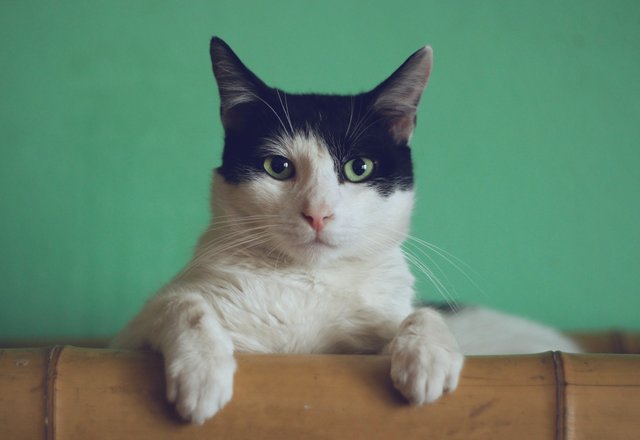
Declawing is a major surgery known as onychectomy, performed under anesthesia, that removes the tip of each digit (from the first knuckle out) of the cat’s forepaws. There is a slight chance of death in the surgery, and a declawed cat may have an increased risk of infection and life-long discomfort in its paws. This surgery is not recommended for an adult animal and is considered an act of animal cruelty in some countries (see below).
People generally have cats declawed to prevent them from hunting and from damaging furniture. Rarely, vicious cats are declawed. In the United States, some landlords require that tenants’ cats be declawed.
Veterinarians are generally critical of the procedure and some refuse to perform it because the absence of claws in a cat:
1. Deprives it of its main defense abilities, including escaping from predators by climbing trees;
2. Impairs its stretching and exercise habits, leading to muscle atrophy;
3. Compromises its ability to balance on thin surfaces such as railings and fence tops, leading to injury from falls;
4. Can cause insecurity and a subsequent tendency to bite.
Photo By : Manja Vitolic